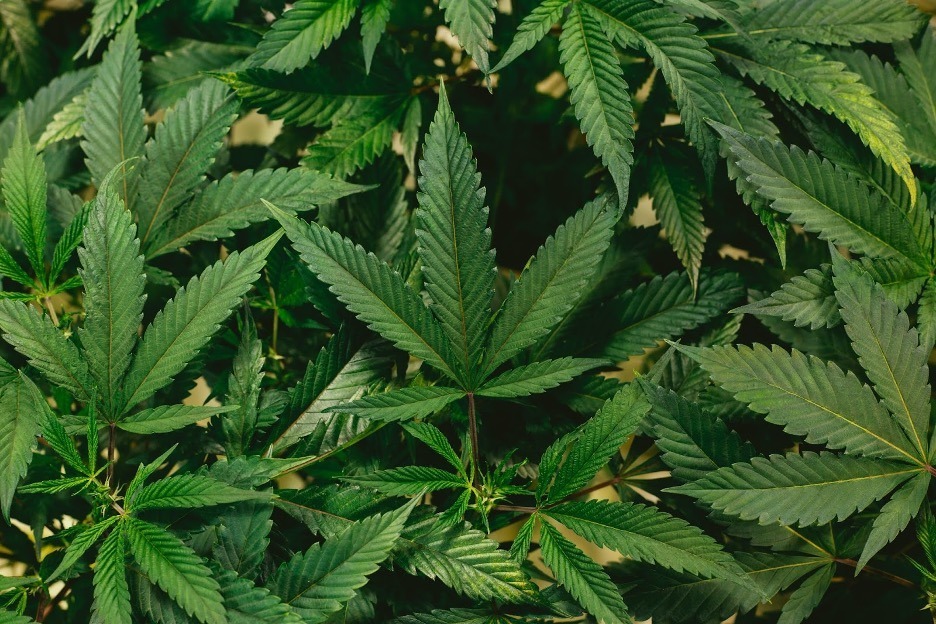Table of Contents [show]
As a non-psychoactive compound found in the hemp plant, CBD has been touted as a potential solution for a wide range of health issues, including anxiety, pain, insomnia, and more.
With so much information out there, it can be difficult to determine the truth about CBD’s effectiveness and uses. We’ll explore the science behind CBD and examine the most common ways it is used, in order to provide a clearer picture of this intriguing compound.
Studies on CBD
Studies have indeed shown promising results for the potential benefits of CBD.
A study published in the Journal of Clinical Psychology found that CBD can significantly reduce symptoms of anxiety in patients with generalized anxiety disorder.
Another study, published in the Journal of Experimental Medicine, found that CBD can effectively reduce chronic pain and improve sleep quality in patients suffering from chronic pain conditions.
In terms of neurological disorders, a study published in the New England Journal of Medicine showed that CBD can reduce the number of seizures in patients with epilepsy, particularly in those with Dravet syndrome, a rare and severe form of the condition.
Research suggests that CBD may have neuroprotective properties and may be beneficial for conditions such as multiple sclerosis. A study published in the Journal of Multiple Sclerosis found that CBD can improve spasticity, a common symptom of multiple sclerosis, and improve patients’ overall quality of life.
Statistics show that around 26% of Americans report using CBD products. The majority of these consumers (64%) use CBD to manage pain.
It is important to note that while these studies are promising, more research is needed to fully understand the effects of CBD on various conditions.
However, the findings so far suggest that CBD may be a useful complementary treatment for a variety of conditions.
How is CBD Used?
CBD is available in a variety of forms, making it accessible and convenient for people to incorporate into their daily routine.
CBD oil is one of the most popular forms of CBD and is taken orally, either by placing drops under the tongue or by adding it to food or drinks.
Tinctures are similar to oil, but often come in smaller, concentrated doses, making them more convenient for travel or on-the-go use.
Capsules are another popular option and offer a pre-measured, convenient way to consume CBD.
CBD is also available in topical forms such as creams and balms. These are often used to target localized pain and can be applied directly to the affected area. Topical CBD products are absorbed through the skin and can provide quick, targeted relief.
Whether taken orally or applied topically, CBD is a versatile and easily accessible form of treatment for those looking to incorporate it into their health routine.
With a variety of options to choose from, it’s important to find the form that works best for each individual and their specific needs.
How Effective is CBD?
The effectiveness of CBD can indeed vary depending on the individual and the specific condition being treated. Factors such as the severity of the condition, the method of consumption, and the individual’s body chemistry can all impact the effectiveness of CBD.
For some individuals, noticeable relief from symptoms may be seen within a few days of starting CBD, while for others it may take several weeks or even longer to experience the full benefits. Some people may also find that their symptoms do not respond to CBD at all.
It is important to keep in mind that CBD is not a cure-all solution and may not be effective for everyone. However, many people report significant improvements in their symptoms after incorporating CBD into their health routine.
It is important to find a high-quality, pure source of CBD and to start with a low dose, gradually increasing as needed.
CBD Side Effects
It is true that while CBD is considered to be generally safe, it can interact with certain medications and cause side effects in some individuals. This is why it is crucial to consult with a doctor before starting any new supplement or medication, especially if you are taking any prescription medications.
CBD can interact with certain medications, such as blood thinners, and may increase the risk of bleeding. It may also interact with medications that are metabolized by the liver and affect the way they are broken down in the body. In some cases, this can lead to dangerous levels of the medication in the bloodstream.
Some people may also experience side effects after taking CBD. These can include fatigue, changes in appetite, and diarrhea. In rare cases, more serious side effects such as liver damage have been reported.
It is important to remember that not all CBD products are created equal, and some may contain impurities or be contaminated with other substances.
To reduce the risk of side effects and ensure the quality of the product, it is important to purchase CBD from a reputable source.
Conclusion
CBD has shown potential in helping with various conditions, including anxiety, depression, pain, and insomnia, and may have neuroprotective properties that can be beneficial for neurological disorders such as epilepsy and multiple sclerosis.
CBD is available in a variety of forms, including oil, tinctures, capsules, and topical creams and balms, making it accessible and convenient for people to incorporate into their daily routine.
The effectiveness of CBD can vary depending on the individual and the specific condition being treated and some people may experience side effects.
It is always best to consult with a doctor before starting any new supplement or medication. Despite its potential benefits, more research is needed to fully understand the effectiveness of CBD and its potential risks
Further Reading:
5 Things You Should Know About Using Prescription-Free CBD Products
Will CBD Vaping be Affected by Bans on E-Cigarettes
Does Good CBD Stay in Your System a Long Time?





